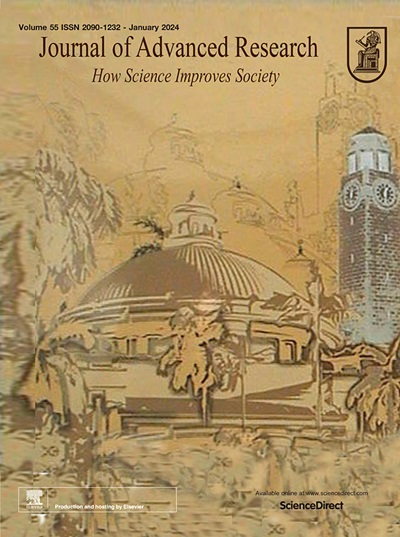Prediction of influenza virus infection based on deep learning and peripheral blood proteomics: A diagnostic study
IF 11.4
1区 综合性期刊
Q1 MULTIDISCIPLINARY SCIENCES
引用次数: 0
Abstract
Isntroduction.Influenza viruses cause seasonal epidemics almost every year, and it is difficult to diagnose quickly and accurately. Machine learning and peripheral blood protein omics have brought new ideas to the research of clinical markers.Objectives
Prediction of key molecular marker of influenza virus infection by the established machine learning model and peripheral blood protein omics.Methods
This study used the testing data of 850 patients (including influenza, COVID-19 and mixed infections) and 265 healthy individuals, to establish and validate a diagnostic prediction model for influenza infection and verified the potential value of this model in the differential diagnosis of influenza, COVID-19 and healthy people.Results
The overall analysis showed that there were significant differences in 9 clinical features in the influenza group. Principal component analysis can effectively group samples based on these clinical features. Based on the random forest model and LASSO regression model found that the selected features are clinical indicators that can accurately distinguish influenza patients. We performed proteome sequencing combined with machine learning and found a total of 26 DEPs. Through PPI and WGCNA analysis, we identified several genes related to the proportion of monocytes. We then analyzed the correlation of these factors with immune cell proportions and found that SAA1 and SAA2 were highly correlated with various vital immunocyte. ROC curve analysis shows that SERPINA3 can distinguish influenza, COVID-19, mixed infection and healthy people; SAA1 can distinguish COVID-19, mixed infection and healthy people; SAA2 can distinguish influenza and healthy people. In influenza, high expression of SERPINA3, SAA1, and SAA2 is associated with higher risk. Finally, we used the ELISA method to confirm that SAA2 protein can be used as an auxiliary diagnostic indicator for influenza infection.Conclusions
Preliminary results showed that SAA2 is an important molecular marker specific to influenza infection.

求助全文
约1分钟内获得全文
求助全文
来源期刊

Journal of Advanced Research
Multidisciplinary-Multidisciplinary
CiteScore
21.60
自引率
0.90%
发文量
280
审稿时长
12 weeks
期刊介绍:
Journal of Advanced Research (J. Adv. Res.) is an applied/natural sciences, peer-reviewed journal that focuses on interdisciplinary research. The journal aims to contribute to applied research and knowledge worldwide through the publication of original and high-quality research articles in the fields of Medicine, Pharmaceutical Sciences, Dentistry, Physical Therapy, Veterinary Medicine, and Basic and Biological Sciences.
The following abstracting and indexing services cover the Journal of Advanced Research: PubMed/Medline, Essential Science Indicators, Web of Science, Scopus, PubMed Central, PubMed, Science Citation Index Expanded, Directory of Open Access Journals (DOAJ), and INSPEC.
 求助内容:
求助内容: 应助结果提醒方式:
应助结果提醒方式:


